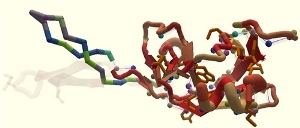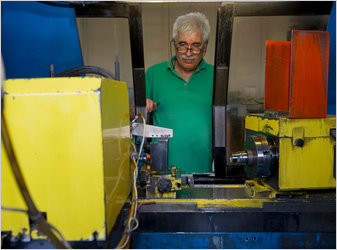Fourth Revolution minded researchers use online games to solve difficult scientific problems by appealing to a much larger community of contributors.
The best example to date can be found in the article “gamers solve molecular puzzle that baffled scientists”.

By crowdsourcing the search for the best 3-D molecular configuration they were able to get the help and support from a large community. By making it like a game, they leveraged an emotional appeal to the effort. And they solved a previously unsolvable problem in only 10 days!
This example is particularly noteworthy because anyone – no need to have any knowledge in molecular physics – can play the game. But don’t believe it is an isolated case. Such competitions and game are spreading through all disciplines now, to leverage contribution from anywhere in the world.
What is always amazing, though, is that at the end, the number of really dedicated, passionate contributors is always very small – no more than a dozen or a few dozen. But because the tools attracts talent from around the world, the best suitable, available people are there. And from their kitchen, stay-at-home moms can contribute to the progress of science.
Also noteworthy in the article is how the final discovery built on top of the progress made by other members, and how the small community of dedicated hard-core members is deeply in conversation. The lone genius concept is definitely obsolete.
Welcome to social community-based science.
Welcome to the Fourth Revolution’s value and knowledge production system.









